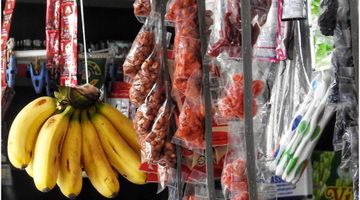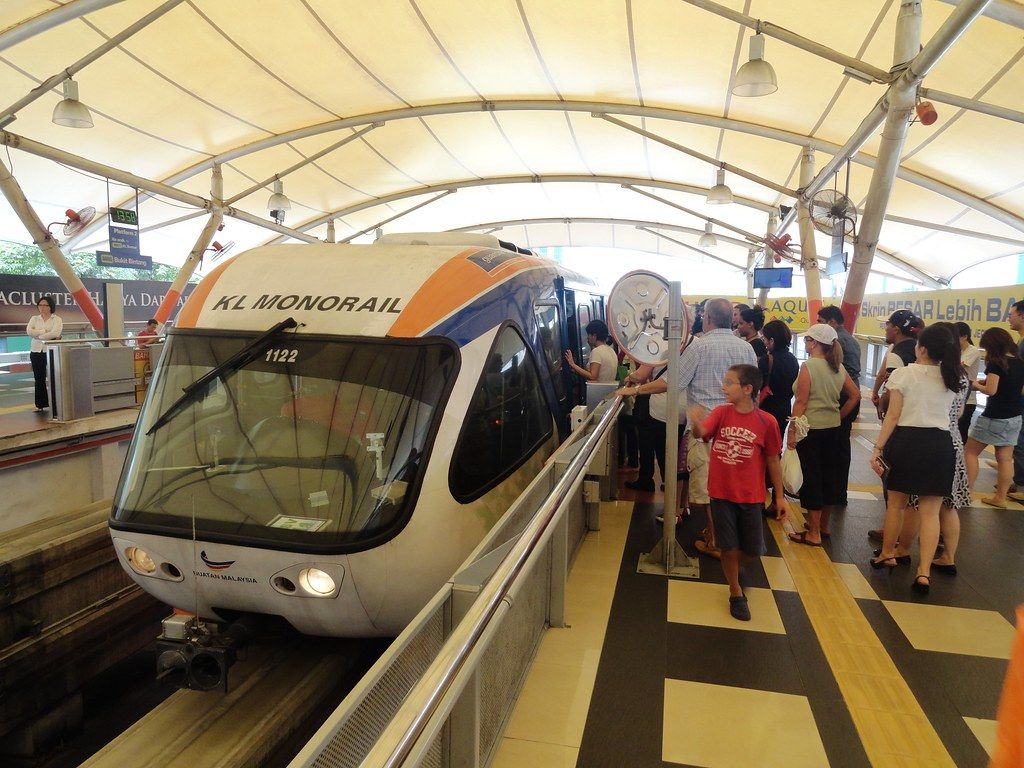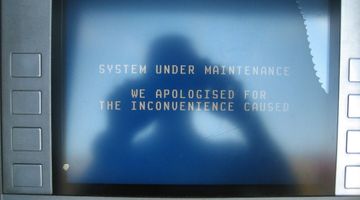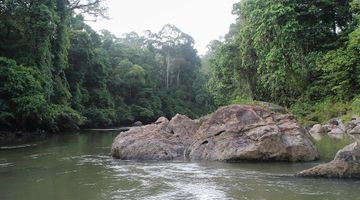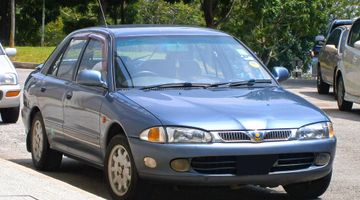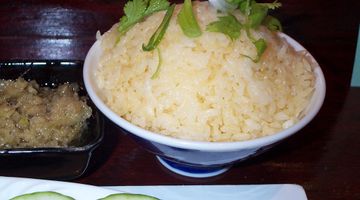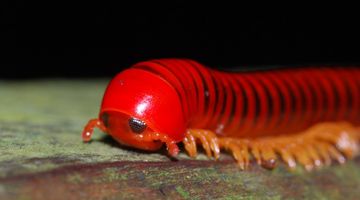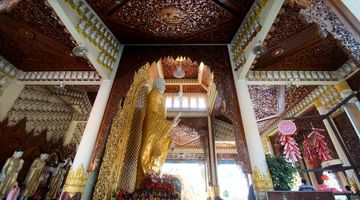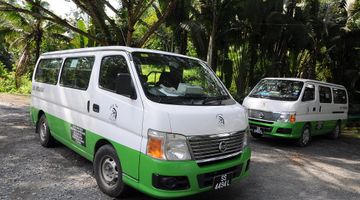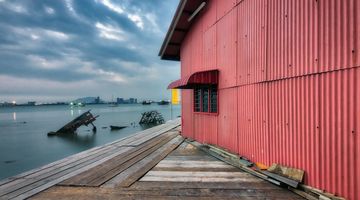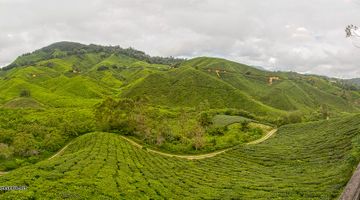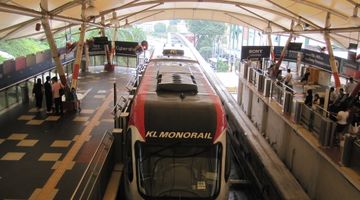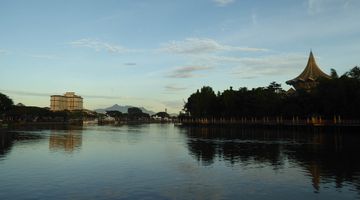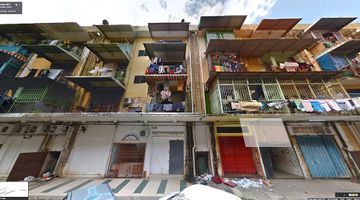Places to Eat in Kuala Lumpur
Food, glorious food! Kuala Lumpur caters to the hungry on every street corner and the delicious aromas of fragrant, hearty food is a wonderful assault on the senses as you move around the city. Hunger pangs in the vibrant capital can be readily satisfied no matter what your food allowance.
From the lively street stall community, the kedai mamak (curry houses), kedai kopi (coffee shops) and the superb and world-renowned fine-dining restaurants, visitors of KL will remember the food long after arriving home. Perfectly exemplifying Malaysia’s varied cultural population, the food in Kuala Lumpur is an exotic fusion of mainly Malay, Indian and Chinese influences, with a generous sprinkle of Thai, Sumatran, Japanese, Indonesian and Arabian thrown into the mix.
What to eat in Kuala Lumpur
Before exploring the different eateries, cafes and restaurants in the various areas in KL itself, an excellent starting point on Kuala Lumpur’s food scene is knowing what you cannot leave the fascinating city without sampling at least once. Loosen your belts, everyone! From street food to traditional dining, there are specific food and drinks that define the rich cultural heritage of KL and that no foodie wants to miss out on. Prepare to be blown away by the richness, flavour and vibrancy of Kuala Lumpur’s food culture.
The Indian-inspired flat-bread, roti canai is a scrumptious, cheap and filling snack or addition to dhal or Indian curries. Not quite pancake and not quite chapatti, roti canai is in a league of its own and is often sold in Mamak stalls throughout the city.
Nasi Lemak, is to Malaysia what the hamburger is to America and this coconut, anchovy, peanut rice-based meal is widely agreed as being the country’s national dish. Cradled in a banana leaf and served with spicy sambal, nasi lemak is a must-try when visiting the capital.
Visitors of KL will also see many different varieties of mee goreng (stir-fried yellow noodles) being passionately thrown about in woks on street stalls, restaurants and cafes. Primary ingredients in mee goreng include garlic, shallots, soy and chilies with the option of veggies, chicken, beef or shrimp.
Made from flat, rice noodles, char kway teow, is another firm KL favourite inspired from Chinese origins that is cooked quickly over smoking charcoals. Shrimp paste, beansprouts and egg are added to the standard soy and chili. Best devoured straight out of the banana leaf while meandering through the city.
For those with a sweet tooth, the desserts in Kuala Lumpur stretch as far as the imagination and it seems that all the different cultures of Malaysia have a poplar dessert that competes for your attention. Keep your eyes peeled for kaya toast (coconut curd), ais kacang or ice kachang (shaved ice with beans, syrups and various toppings), goreng pisang (banana fritters) and cendol (an iced, sugary dessert containing green, jelly-like droplets).
Fortunately these dishes can be sourced throughout the entire city from street stalls as well as from high-end dining establishments no matter what vicinity of KL you’re in, but for the sake of being concise, recommended eateries and restaurants will now be covered by area. Due to the high volume of tourist attractions and visitors within Kuala Lumpur City Centre (KLCC), the Golden Triangle, China Town (Old City Center), and Little India (Brickfields), these will be the areas being explored in greater depth.
KLCC
Kuala Lumpur City Centre’s (KLCC) selling point is undoubtedly the close proximity to the iconic landmarks, countless dining options and the abundant shopping opportunities that spill out of the megasized Suria KLCC Shopping Mall. Foodies staying in KLCC can be fairly choosy about where they wish to grab their grub with the recommended options being the plentiful and affordable street-food stalls along the roads, as well as the countless restaurants, cafes and eateries within and outside Suria KLCC Shopping Mall.
For authentic and well-priced Japanese fare, be sure to check out Yuzu Japanese Restaurant on the fourth floor of the mall at the beginning of the walkway. Barbequed salmon and tuna belly, sushi, beef wagyu over hot stone and uni (sea urchin) are popular selections at Yuzu with a highly recommended dish being the dobin mushi. Dobin mushi is traditional Japanese seafood soup and comes served in a dobin tea pot. Mid-range in terms of price, the enchanting ambiance and quality of the food is what keeps Yuzu’s customers coming back. Operating hours are from 10am until 10pm.
Under the Petronas Towers, lies an exquisite food haven for the hungry and affluent. Duddha brings home the gold for new and inventive takes on traditional Asian dishes and with the truly exquisite and quirky décor combined with the majestic views, this restaurant blows its patrons away from the first step inside. The creative whimsy on usual Asian dishes is evident from the drinks list all the way to the dessert menu making the prices worthwhile for those with money to spend. Top menu items include unique nasi lemak varieties, five-spice charred lamb ribs with apricot and ginger jelly, caramelized pumpkin rice cakes and handcrafted cocktails. A memorable and exceptional taste sensation for those in KLCC.
The Golden Triangle
Well-known for its dynamic and lively nightlife and its buzzing clubs and bars, the Golden Triangle offers its visitors an assortment of exciting food options too. Jalan Alor, located within the Bukit Bintang area, is a special food haven in KL that comes to life after the sun goes down. The street is lined with seemingly endless food stands and little tables and chairs all vying for your attention and taste buds. Food is traditional, absolutely delicious and wonderfully affordable. Jalan Alor is extremely popular with both locals and visitors and any trip to the Golden Triangle would be incomplete without at least one meal eaten here. Keep your eyes open for handmade dim-sum and for those brave enough, deep-fried durian.
Slightly higher in price but with the added bonus of improved hygiene and air-con is the popular food court in Lot 10 Hutong Shopping Mall. Visitors of the Golden Triangle will have the pick of the litter amongst the 20 or so carefully selected street vendors selling their dishes in this mall. Once again Chinese cuisine is the main event but there are also a few other local options as well as international dishes on offer.
For those craving fine-dining with a bit a twist, Dining in the Dark KL, located on 50, Changkat Bukit Bintang, offers customers a truly unique dining experience. Exactly as the name suggests, customers enjoy their meal in complete darkness as a means of enhancing the taste and flavor of the food. Cuisine is mostly Western and prices start at MYR 118 for a creative 4-course meal. Open daily from 6pm until 9:30pm.
Old City Centre, or China Town
Fondly known as China Town, Petaling Street in KL’s Old City Center is, unquestionably, the best place to be in Malaysia for those craving authentic and affordable Chinese food. Noodles, noodles, noodles are the primary glue holding the Cantonese-inspired dishes together and visitors and locals cannot seem to get enough. Browsing the streets from dawn to dusk treats visitors to a plethora of pre-war shop houses all with endless menus of traditional Chinese dishes. The sheer abundance of excellent eateries means that it is somewhat challenging, if not impossible to select only a few recommendations. Rather, it should be suggested that visitors of Chinatown come hungry and explore the unique Petaling Street on foot and simply follow their noses.
However, having said that, an eatery that has stood the test of time in Chinatown and claim’s the birthplace of hokien mee in KL, is Restoran Kim Lian Kee - one of the best and oldest Cantonese restaurants in the area. The hokien mee, which is stir-fried, thick, yellow noodles generously drowned in soy sauce gravy is the star of the show and the reason for the constant crowds.
Other traditional meals to try while in Chinatown are definitely Cantonese style chee cheong fun (plain noodles doused in sweet or spicy chili sauce), wantan mee (yet another noodle dish served in a hot broth with vegetables and wonton dumplings), Cantonese porridge, beef noodles, freshly handmade yong tao foo (tofu stuffed with fish paste or ground meat), and chicken rice. To be honest however, you could spin around in a circle with your eyes closed in Chinatown, point at the first thing you see, and in all likelihood it would be absolutely delicious.
Brickfield, or Little India
Last but not least on the culinary journey of Kuala Lumpur, is Little India or Brickfields located in the south of the city. Known throughout the city for its excellent Indian cuisine and influences, travellers might already be familiar with the rice and curry hawker fare on offer in the main street Jalan Tun Sambanthan. Generally these tasty, South Indian morsels are packaged and wrapped inside a banana leaf which locks in all the flavours and mouth-watering sauces. Unbelievably affordable, nutritious and filling, these ‘meals on the go’ have been satisfying visitors and locals from way back. The best ‘banana leaf rice’ restaurant in Little India is said to be Vishal Food & Catering located in a quiet street off Jalan Scott and Jalan Tun Sambanthan, close to the Indian temple. Be sure to try the stir-fried banana flowers!
For those looking for more upscale dining options than the roadside hotspots, Chynna on the firth floor of the Hilton KL promises something truly special. Featuring an open dim sum kitchen and a traditional Chinese herbal apothecary, Chynna is an extravagant and decadent Cantonese and Shanghainese restaurant that comes with all the trimmings. Enjoy the graceful acrobatics of the resident Tea Master as he artfully pours tea from a meter long tea spout! The tea is best enjoyed with the steamed charcoal buns filled with creamy egg custard.
